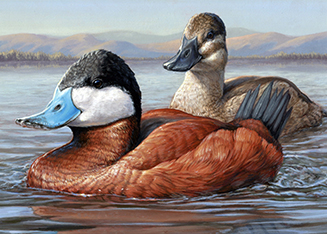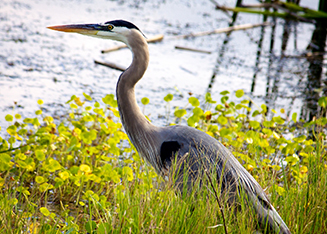Fluid Mineral Practices
Fluid Mineral Practices (including Oil & Gas):
Best Management Practices (BMP) for reducing the risk of direct wildlife mortality - This document covers BMPs for the following five fluid mineral practices:1. Open Pits and Tanks Containing Freestanding Liquids; 2. Chemical Tank Secondary Containment; 3. Pit, Tank, and Trench Entrapment Hazards; 4. Exhaust Stacks; and 5. Wire Enclosure Fences for Well Pads or Production Facilities and Associated Rights-of-way.
U.S. Fish & Wildlife Service Region 6: Solutions for Minimizing Risk to Migratory Birds in Oil Field Waste Pits - This website provides best management practices for preventing wildlife mortality in oil field waste pits.
U.S. Fish & Wildlife Service Region 6: Solutions for Minimizing Risk to Migratory Birds in Commercial and Centralized Oil Field Waste Disposal Facilities (COWDFs) - This website provides best management practices for preventing wildlife mortality in COWDFs.
US Fish & Wildlife Service 2012: Management of Oil and Gas Activities on National Wildlife Refuge System Lands - The purpose of this handbook is to provide U.S. Fish and Wildlife Service (Service) personnel with information regarding oil and gas activities throughout the National Wildlife Refuge System (NWRS), including best management practices for Oil & Gas operations on National Wildlife Refuges.
BLM Oil & Gas Best Management Practices - This BLM website offers both general and specific information on best management practices (BMPs) for Oil & Gas operations, including FAQs, background information on BMPs and technical guidance documents with activity-specific BMPs.
USFWS Best Practices for Migratory Bird Care During Oil Spill Response - This manual is a nationally-recognized reference to help minimize impacts to birds in the event of a human spill event.
For additional resources, visit the Oil & Gas Guidance Documents page.


